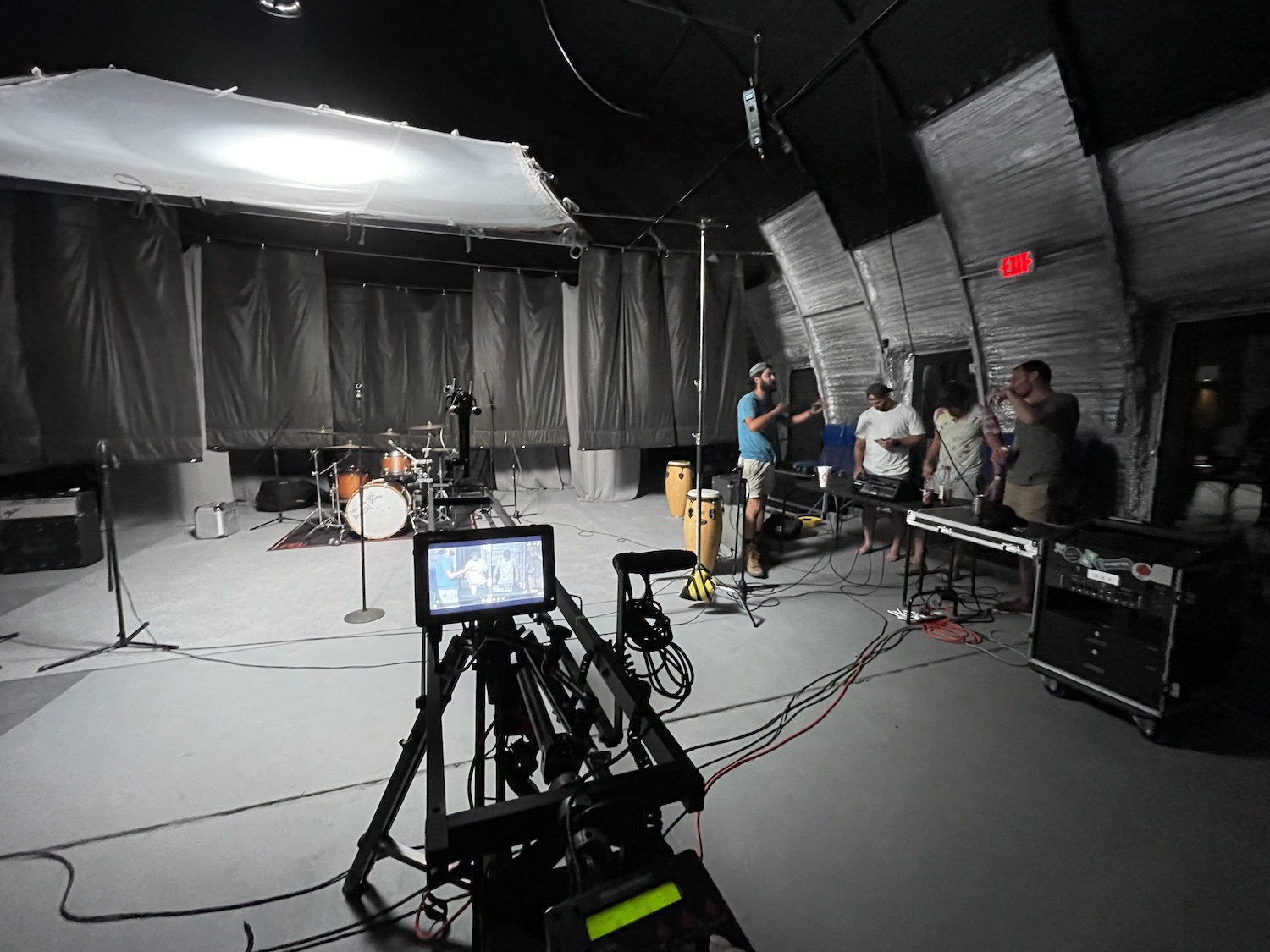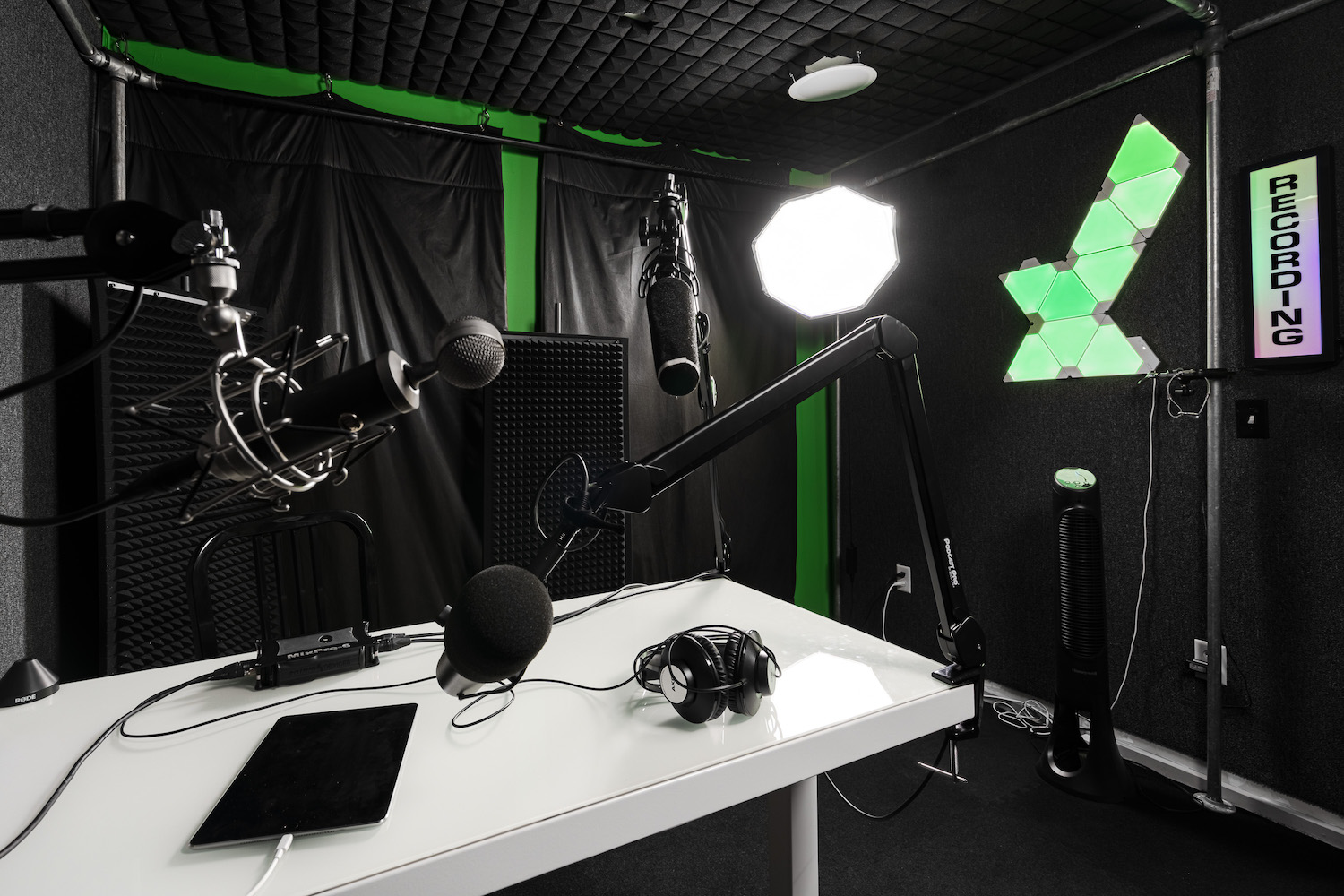 " alt="">
" alt="">
Creating a highly efficient production schedule for your next video project can not only save you time but ultimately make your project more profitable. With proper planning, the right tools and a streamlined process, you can develop a production schedule that becomes a scalable solution no matter the project scope. Here are a few tips for creating an efficient production schedule that we Hellcats live by and have found incredibly useful across a wide variety of projects over the years:
- Break it Down: After you read your script (multiple times) and are comfortable with it from your perspective and the intended audience’s vantage point, you have to break it down. A script breakdown is a process by which you “tag” and organize every element of the script scene-by-scene. The process is also the primary building block for developing an accurate production budget and a guide for determining the creative and technical requirements each department will be responsible for. StudioBinder.com illustrates six steps for the script breakdown process and provides several different options, including the old school highlighter method. Once you’ve gone through the process, it’s time to break down the breakdown. In other words, create a report that summarizes all of the elements by scene. Check out StudioBinder’s Script Breakdown Template you can download and use offline.
- Prioritize People: While combing through every page of a script to tag each element for your breakdown report gives you a detailed understanding of needs, it only accounts for the surface-level aspects of the humans involved. The report will tell you who is in each scene and what crew member is responsible for the tech or creative. Detailed call sheets and DOODs are also helpful but don’t include notes on personalities as notes in the margins. It’s worth the effort to go back and review your breakdown before creating the schedule to consider heavily emotional performances or maneuvering physically demanding equipment. Identify points where finding a balance between your crew’s creative energy and getting the best from your on-camera talent may be an issue and adjust call times accordingly.
- Communication is Key: It can be said of any type of relationship, at work or personal, that the key to success is to communicate, communicate, communicate. In other words, communication is important. According to Lunacy, communication is key because “the schedule will change and it’s imperative that you understand that you won’t please everyone but making your expectations crystal clear and being upfront about adjustments (no matter how last minute) will allow everyone to do their best work.” Gather everyone at the beginning of each shoot day or chat over the crafty table. The location doesn’t matter, but the consistent effort to articulate what’s going on will yield a much better end product with everyone on the same page.
- Walkthroughs Required: The less experience you have with running productions, regardless of scale, the more likely you will underestimate the time it takes to set up, break down and everything in between. However, even the most experienced crew is slowed down by unfamiliar locations. Even though renting space at Hellcat Hangar includes on-site support for troubleshooting surprises like power supplies and equipment issues, a walkthrough gives you a chance to take light-meter readings and discuss production design details. An on-site tech scout is an integral part of the production process and time well spent. Lunacy also noted that when a full tech scout isn’t possible, you should “definitely make an effort to visit each new location a day in advance. Decide where video village, wardrobe, makeup, crafty and other departments will be set up before the shoot.”
- Organize Your Equipment: Organizing your equipment and understanding every single item you’ll need is critical to creating a schedule that allows you to set up and break down efficiently. While having access to state-of-the-art equipment at Hellcat Hangar takes a lot of the guesswork and capital investment off you, it is still critical that you know the number of cameras, types of lenses, lights, audio devices, etc. that you need. Or maybe it’s a plan for the equipment you needed unexpectedly, like a teleprompter. It’s not unusual for on-camera talent who nailed it in rehearsals to suddenly developed “red light” stage fright. In that case, you might just need a quick solution for using your iPad as a teleprompter.
This may not be an exhaustive list of tips that help us develop and manage efficient production schedules, but it’s certainly a great place to start. In fact, give us a shout and let Hellcat Hangar become your next production home!
Latest Posts
June 21, 2023
Engage, Connect & Captivate with Video
Read More >
June 6, 2023
What You Need to Know About Podcasting
Read More >
May 23, 2023
 " alt="">
" alt="">
 " alt="">
" alt="">
 " alt="">
" alt="">